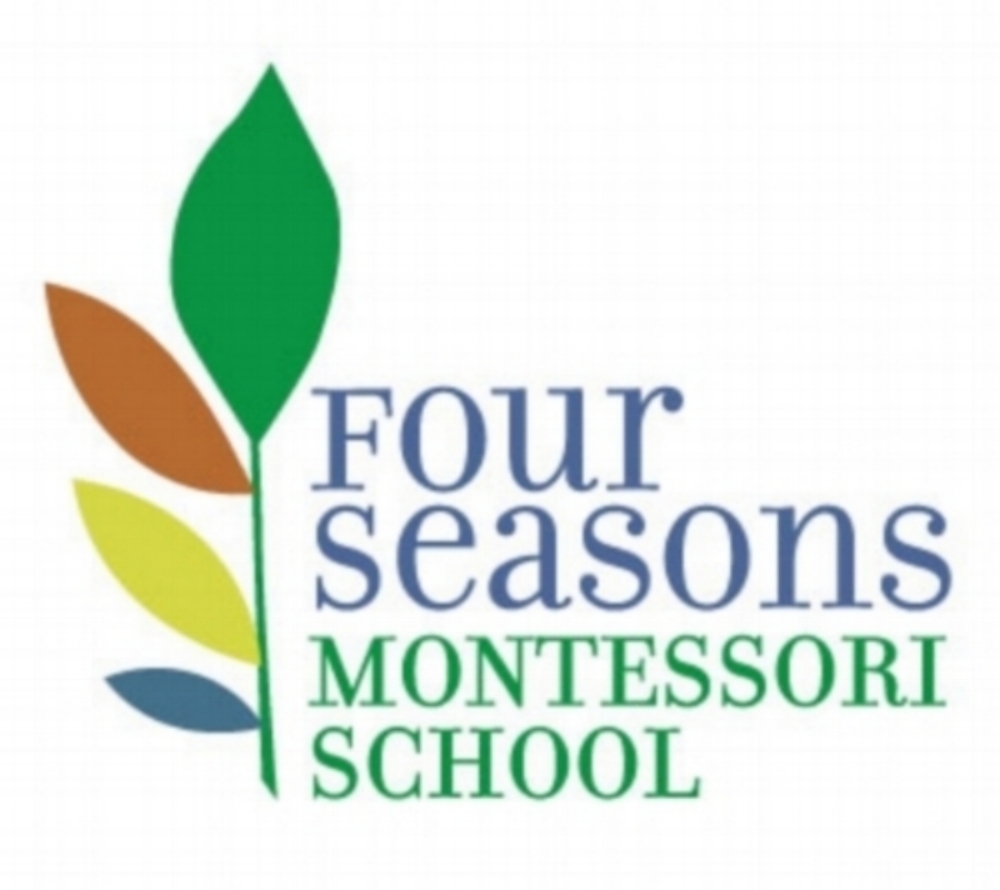A Day In The Primary Environment
Plant washing is a practical life skill that gives the child the opportunity to care for the world around them while building concentration.
Shoe polishing is another practical life skill. This is a great skill to have especially on rainy and muddy days. The child follows a sequence of steps which culminates in clean shoes.
Table scrubbing is a work that uses a child's gross motor skills. While scrubbing the table from left to right (the way we read a book) a child is sometimes heard singing while they are working. Who says table scrubbing cannot be fun!
The button frame along with the zipper, snap, velcro, lacing, bow, and hook and eye frames give the child the necessary skills to dress themselves no matter what type of fastener their clothes may contain.
Window washing, whether with a friend or alone, gives the child the chance to beautify the environment. Often the discovery of a bird or squirrel is spotted in the process.
Baking in the Montessori environment utilizes math, reading, and science skills. Who doesn't love to demonstrate their culinary skills to others. The specialty of the day is banana bread.
The child is able to explore their creative side utilizing many different mediums of art. Some examples include gluing, sewing, bead work, and painting.
The Brown stairs are part of the Sensorial area of the environment. The first lesson shows the child how to place the rectangular prisms in order based on the breadth of each stair. The child is then left to discover other possibilities of how to place them in order. This child is discovering that they can be built similar to the pink tower.
The Binomial and Trinomial cubes are part of the Sensorial area. These two materials are stored within a box that contain two doors with hinges. The lesson begins with a simple explanation of what hinges are and how we need to keep the doors closed as we carry the box to the table so the pieces do not fall out. Each of these boxes has different sized blocks that fit together in a certain pattern to form a cube.
The Binomial cube
Trinomial Cube
This magnifying work is matching small snowflakes to their larger counter parts using a magnifying glass. The children love to use the magnifying glasses to look at bugs that are caught and while exploring the outdoors on the nature trail.
The puzzle maps allow the children to explore each of the seven continents and the countries inside each continent. This child chose to trace the world puzzle map and color each continent. Later an extension to this work will be labeling each continent.
This is one of the math addition materials.
The division practice chart gives the child lots of experience learning his division math facts using tickets with equations and finding the answer on the chart. The way the child checks his work is with a control chart of answers.
Work in the environment is done on an individual, small group, or large group basis. Children are given lessons not only by the guides (teachers) but from their peers. The younger children love to learn from the older children and the older children love to be the guide.
The scissor material guides the child in cutting blank strips of paper and gradually increases in difficulty with lined, wavy, zig zag, and other strips of paper.
The clock material teaches the child how to tell time.
Pink tower and Brown stair material.
Reading and looking at the books in the library. Here a brother and sister enjoy a book together.
Having a perfect conversation with your friends is an important part of the day as well. These are our five and six year old children. This particular day the discussion was about a sleep over party that one child was going to have and wanted to invite the other children.
We cannot forget snack as it is an intricate part of the day. The children eat in pairs. Numbers are placed beside the snack allowing the children to help themselves to the allotted amount. The child is able to practice table manners and enjoy the company of their friend.




